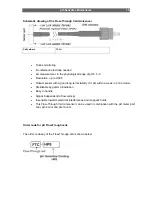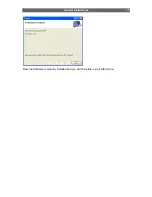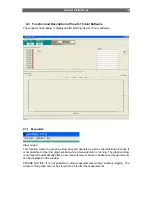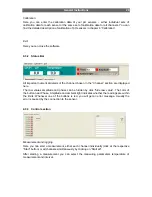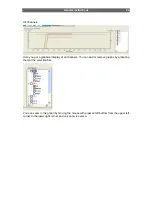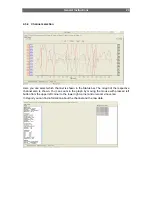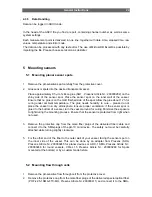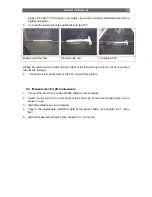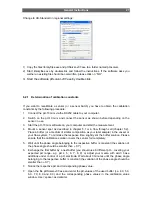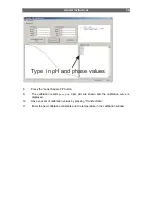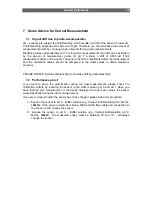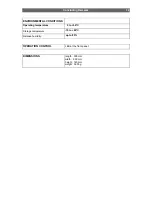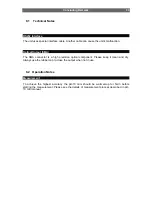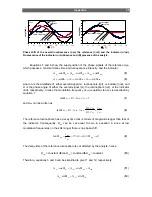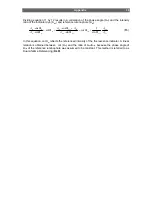
General Instructions
29
7 Some Advice for Correct Measurement
7.1 Signal drift due to photo-decomposition
pH – sensors are subject to photobleaching which results in a drift of the sensor to lower pH.
Photobleaching depends at the amount of light. Therefore you should reduce the amount of
measurement points by choosing longer intervals for long term measurements
Bleaching always pretends lower pH. For long term measurements the drift can be estimated
by the amount of measurement points. At pH 7 a linear a drift of 0.003 pH /1000
measurement points can be used. The sensor should be recalibrated after the measurement
and the calibration values should be compared to the initial values to obtain maximum
accuracy.
PLEASE NOTICE: Exclude ambient light to minimize drift by photobleaching!
7.2 Performance
proof
If you want to prove the performance during the past measurement, please check the
calibration buffers by inserting the sensor in the buffer solution pH 6 and pH 7 when you
have finished your measurement. If the device displays the correct pH values, the sensor
worked perfectly during the whole measurement.
If you are in doubt whether the sensor has to be changed, please follow this procedure:
1) Expose the sensor to pH 4 – Buffer solution (e.g. Certipur Buffersolution pH 4, Merck,
109435
).
If the sensor amplitude is below 3000 and the fiber cable and connection to
the sensor is OK, change the sensor.
2) Expose the sensor to pH 9 – Buffer solution (e.g. Certipur Buffersolution pH 9,
Merck,
109461
).
The measured phase must be between 35 and 10° - otherwise
change the sensor.

